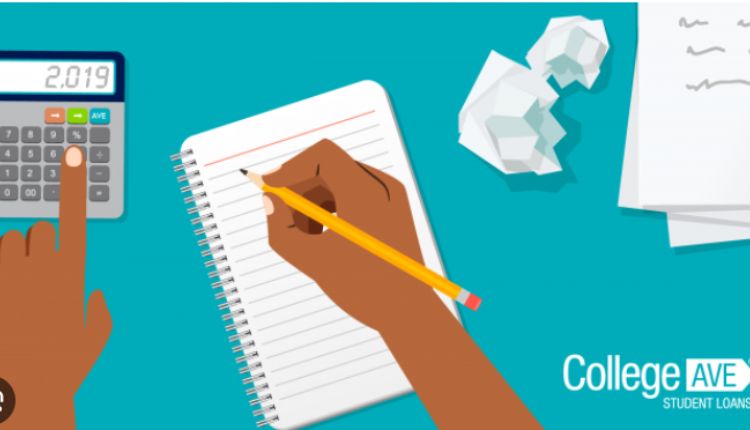Many small business owners seek out microloans because they can be a quick way to finance working capital. These funds are typically used for operations like covering utility bills and purchasing supplies. Microloans have lower credit score requirements, making them an option for borrowers with less-than-perfect credit. They also tend to have shorter repayment terms, usually three to six years.
What Is A Microloan?
When you hear the word “microloans,” you may envision someone in a poor country receiving a small loan that allows them to start a business and, over time, lift their entire family out of poverty. This is the vision that drove the microcredit movement in the 1980s and early 2000s, when organizations sprung up offering tiny loans to desperate people around the world. 소액대출 are specialized business loans offered by community-based organizations, private lenders and some government agencies like the U.S. Small Business Administration and USDA (Farm Service Agency) microloan programs. They are often characterized by lower minimum credit requirements than traditional loans and shorter terms of three to six years.
Most microlenders look for borrowers who will be able to show that they can repay the loan in one of several ways, including existing cash flow or, if the business is new, financial projections. They also typically require collateral, such as your personal or business assets.
How Do Microloans Work?
When a business needs a little bit of money to get off the ground, microloans can be a great option. They work the same way as traditional term loans, with a lump sum borrowed and paid back with interest over time. But the maximum loan amount, interest rates and repayment terms vary depending on the lender. Microloans are available from a variety of sources, including peer-to-peer lenders, mission driven organizations, the U.S. Small Business Administration and the USDA’s Farm Service Agency. For small businesses that need a larger amount of capital, a conventional small business loan may be a better fit. These loans are typically easier to qualify for and have a shorter repayment term.
Initially, the power of the microfinance model was bolstered by a wave of anecdotal success stories highlighting how loans enabled people to escape poverty traps and become self-sufficient. But then came a series of scientific studies that revealed that, in some cases, poor people were actually becoming trapped in even more debt.
How Do I Apply For A Microloan?
In general, you need to find a lender and meet their requirements. They will typically ask for a business plan and other paperwork. Some microlenders also require a personal guarantee or collateral in case of default. A number of companies offer microloans, including the Small Business Administration and alternative financing companies such as Accion Opportunity Fund. Nonprofits like Grameen America are also a source of funding for entrepreneurs, including those with limited credit histories.
Many microloans are designed to help a small business owner who would otherwise be denied a loan by traditional financial institutions due to their credit history or cash flow issues. However, each lender has its own criteria and restrictions. For example, some lenders only provide microloans to businesses operating in certain industries or geographic areas, while others prioritize applicants from minority communities or women. Other ways to meet capital needs include obtaining a business credit card or using unpaid invoices as financing through an invoice factoring company.
How Much Can I Borrow?
Whether you’re trying to fund a promising marketing initiative or need to take advantage of a new purchasing opportunity, microloans can help. But how much you can borrow largely depends on the lender and the size of your business. Generally, the borrowing limit for SBA-backed microloans is $50,000. And other lenders may have lower limits. Some microlenders require collateral or personal guarantees from borrowers, especially those with little to no credit history. Some even have specific requirements for what types of businesses they’re willing to finance. A microloan 금융계산기 is an online tool that helps borrowers calculate the cost of financing. These calculations include fees, interest rates, and repayment terms.
Accion USA, for example, offers loans to street vendors and other small businesses with limited financial resources or poor credit. And it partners with Daughters of Charity who recommend loan candidates and conduct field work for the GLOBE program. Your tax-deductible donation helps support these entrepreneurs in their communities and around the world. Learn more.
Final Thought
Microloans are used to help people who lack access to traditional bank loans or who can’t afford a credit check. They are often funded by individuals who seek to earn high rates of return. They usually have lower minimum credit scores than larger business loans, and some offer 0% interest. They may also come with guidance and support.



